How Flower Pot Mold is Made
Flower pot mold can be made using a variety of techniques and materials depending on the complexity of the design and the desired end result. Here is a general overview of how flower pot mold is typically made using a silicone mold making material:
Create a prototype: The first step is to create a prototype of the flower pot using clay, wood, or any other material that can be easily molded. The prototype should be the exact size and shape of the desired flower pot.
Prepare the mold making material: Next, prepare the silicone mold making material according to the manufacturer's instructions. Mix the two components together thoroughly, making sure to remove any bubbles.
Apply release agent: Apply a release agent to the prototype to prevent the mold making material from sticking to it. A release agent can be any substance that creates a barrier between the mold making material and the prototype. Common release agents include petroleum jelly, vegetable oil, or silicone spray.
Apply the mold making material: Apply the mold making material over the prototype, making sure to cover it completely and evenly. You can apply the material using a brush or pour it directly onto the prototype.
Allow the mold to cure: Allow the mold making material to cure according to the manufacturer's instructions. This typically takes several hours or overnight.
Remove the prototype: Once the mold making material is completely cured, carefully remove the prototype from the mold. If the mold is difficult to remove, you may need to use a knife or other tool to gently separate the two.
Use the mold: Your flower pot mold is now ready to use. Simply pour in your preferred material, such as concrete or plaster, and allow it to dry before removing it from the mold.
It's important to note that this is just one method of making flower pot molds, and there are many other techniques and materials that can be used. The process may vary depending on the specific materials and tools you use, as well as the complexity of the design.




 Search...
Search... English
English
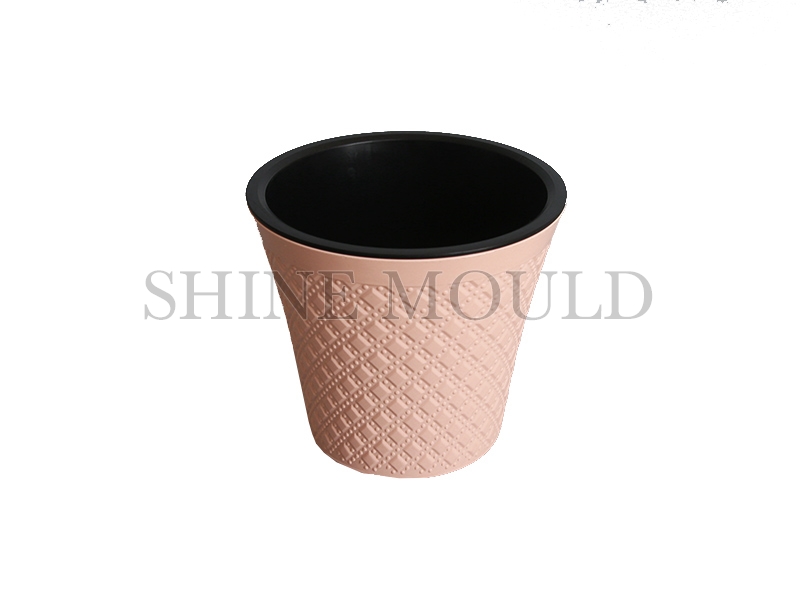
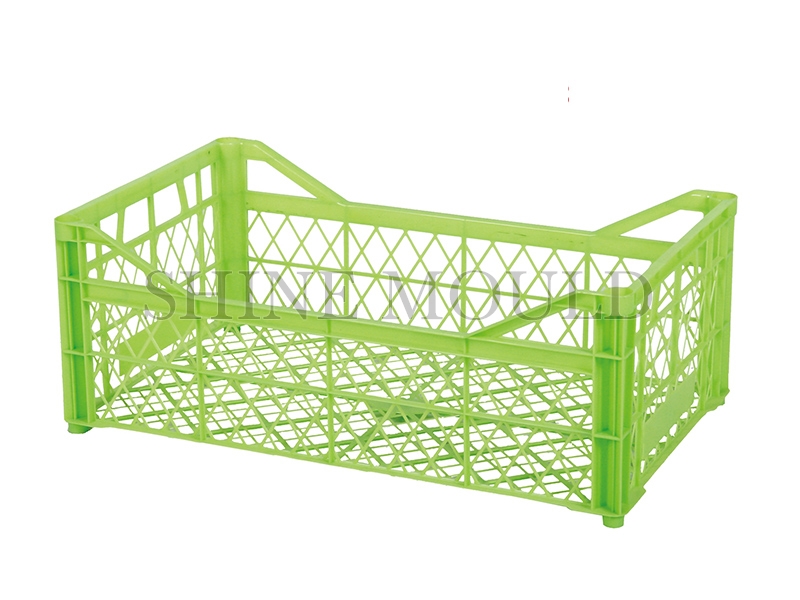
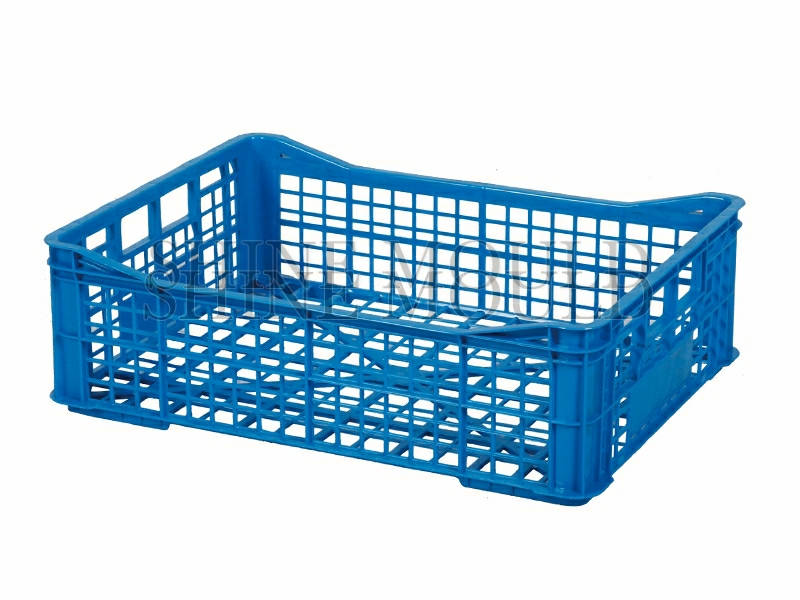
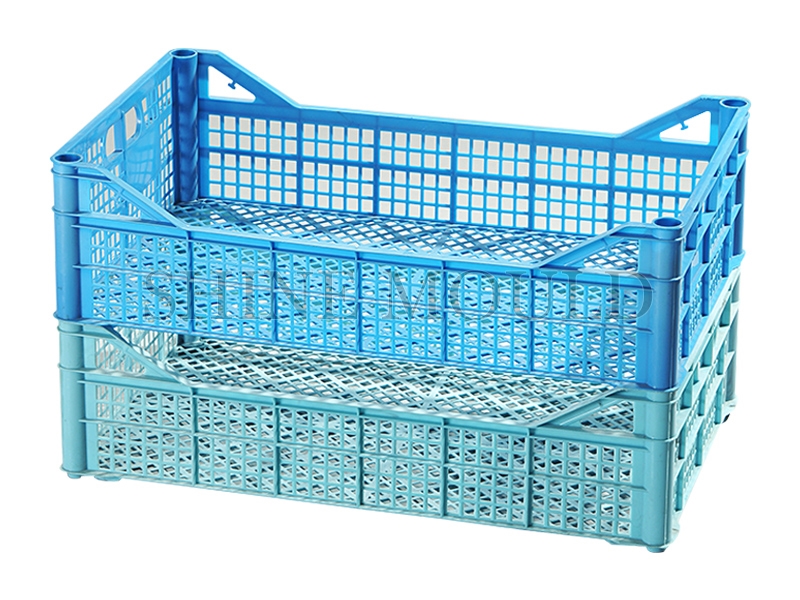
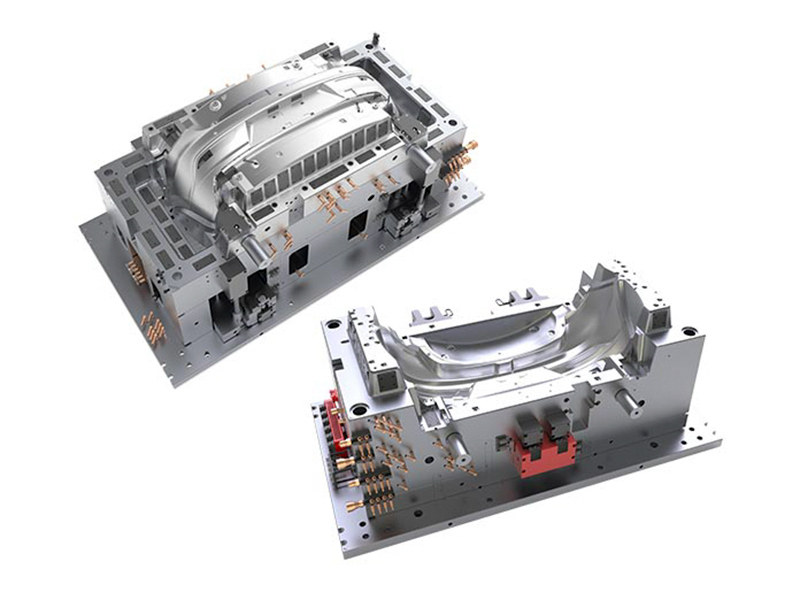
.jpg)
.jpg)
